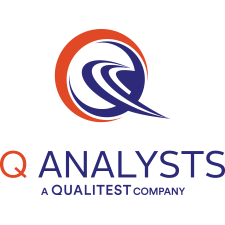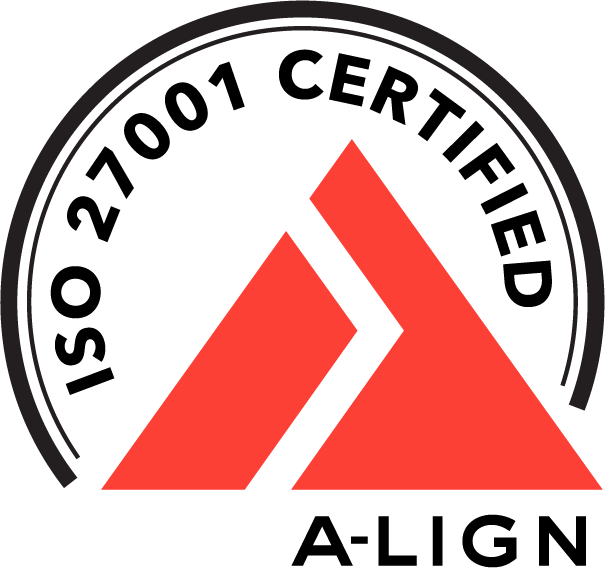Today’s consumers prefer to interact with devices and content in their native language, and inclusivity is par for the course. Inclusive Technology such as, Accessibility (a11y)*,Internationalization (i18n)*, and Localization (l10n)* are critical to success in the global market. However, the complexity of these processes can lead to bugs that are daunting to solve even for the most experienced development teams in large enterprises.

Our client, a leading social network company, produces devices that allow consumers to connect with friends, families, and business partners and schedule social events worldwide via the web using their Smart Home device and TV products with the latest a11y and l10n capabilities built-in. These devices must work right out of the box to ensure a seamless user experience.
This case study shows how our QA team assisted this client in troubleshooting faulty hardware and recommended the most cost-effective fix so it can ship flawless devices to customers as soon as possible to preserve market share.
Challenge
A bug in the new hardware prevented users from operating the device properly out of the box, which led to a frustrating customer experience and increased support costs. Our client asked us to debug the hardware devices on all build channels to pin down the issue.
While the cost of developing and manufacturing the hardware was high, the risk of stretching out the time to market and losing market share was even higher. A lot was at stake, and time was of the essence.
Solution
We approached this challenge by testing all the available mainline build channels and identified the problem in the production process. The issue happened at the “fish food stage,” where a small set of QA and project managers test a product before passing it to Beta testers.
It took our team less than two months to pinpoint the issue and propose a solution, despite the complexity of the hardware devices and the technical challenges associated with Inclusive Technology like a11y and l10n. The issue was caused by a bug in the development code where the hardware name was not saved. We presented the findings to the client’s development team and collaborated with them to identify a solution.
We determined that the most cost-effective fix was to abandon the faulty hardware devices and acquire new hardware versions. As soon as the replacement devices arrived at the client’s facility, we unlocked the devices, flashed the latest mainline builds, and performed the out-of-box experience. We completed setup and testing to ensure that everything worked as intended to deliver a seamless customer experience.
Results
Our intense and thorough QA and testing process enabled our team to discover the hardware issue, replace the faulty hardware, and fix the problem to accomplish our project objectives. We also verified video-related bugs in the Zoom app and several unreleased apps designed for the blind and deaf community.
Meanwhile, our extensive bug reporting and verification capabilities allowed us to complete the troubleshooting task ahead of schedule. We were able to do more work towards i18n and a11y case testing and achieved the client’s intended goals with zero deviations.
Ultimately, our QA and testing efforts ensured that we verified bugs on various hardware runs without any P0 and P1 bugs in production, leading to a successful product launch. Learn more about our QA and testing services and get in touch to see how we can deliver together.
* The a11y process measures how accessible a system (software and hardware) is to all people, including those with disabilities or impairments. i18n is the process of planning and implementing a product (e.g., creating a codebase and the supporting framework), so it can easily be adapted to a specific language, culture, and local regulations. l10n involves adapting a product or service for a locale.

